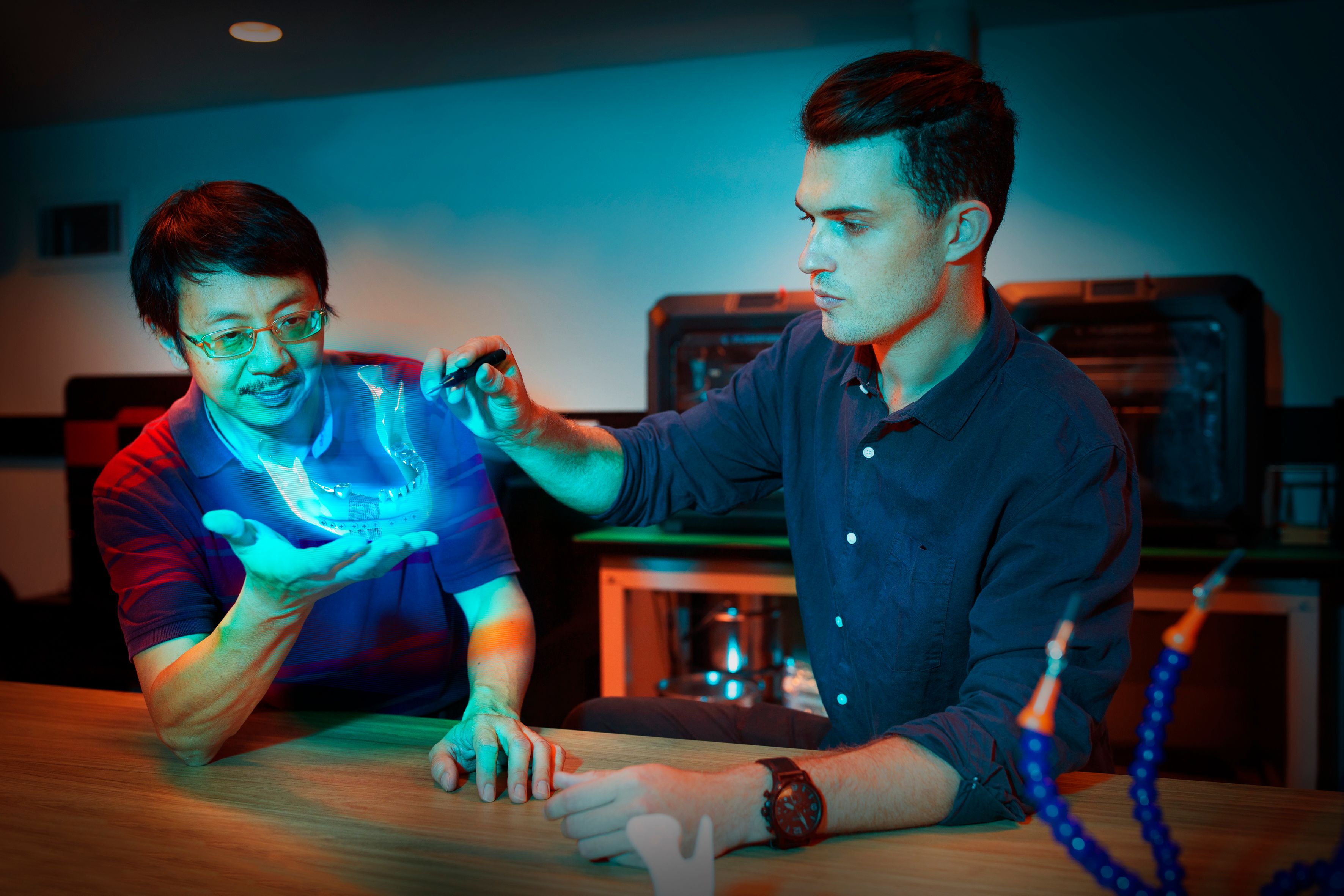Digital tool gives surgeons a pre-theatre rehearsal
Ben Fergusson. Image: University of Sydney
“The jaw is a complex area – necessary for speaking, eating, chewing and performing tasks that require both finesse and strength. Because of its complexity, we want to give orthognathic surgeons the best tools to they are poised for success – hoping to reduce repeat surgeries and improve patient outcomes,” he said.
“A bone implant design may work in one patient, but fail in another. If this were you, you would probably want a team of surgeons and biomedical engineers to perform a simulation and evaluation of the medical device in your body before it was actually implanted.
The surgical planning tool combines computer-aided design (CAD) tools with high-fidelity computer-aided engineering models and optimization algorithms that can accurately simulate the medical device under physiological load.
Mr. Ferguson’s supervisor, Professor Qing Li, said: “In addition to pre-surgical planning, this simulation data can also help the surgeon to optimize the design of the medical device, helping him to solve the problems that inevitably arise when designing a device that must respond to several designs. and medical goals,” Ferguson said.
“It’s a careful balancing act. For example, an implant may need to mechanically stimulate surrounding tissue to improve healing, but mechanical stimulation may then increase the risk of implant failure. Our algorithms and our data-driven approach helps surgeons develop an optimal design without having to rely solely on intuition.
The researchers recently teamed up with Professor Jonathan Clark AM, Chairman of Reconstructive Head and Neck Cancer Surgery at Chris O’Brien Lifehouse to help translate the new technology into clinical reality. Professor Clark said: “Australia has been a leader in jaw reconstruction since Dr Ian Taylor’s groundbreaking mandibular reconstruction in 1974. Since then, jaw reconstruction has evolved dramatically: digital tools have been integrated into preoperative planning, allowing surgeons to create more precise devices, with better esthetic and functional outcomes for patients. »
“What’s really exciting about this tool and this data is that it offers the ability to scale technology beyond form, to also include biomechanical modeling, which can help predict tissue response. bone to physiological loads. This type of analysis – called CT-based finite element modeling – will be of great importance as we move away from using patient bone. for reconstruction and start integrating custom scaffolding in the future. »
DISCLOSURE
Mr. Ferguson’s latest article was published in the Journal of Mechanical Behavior of Biomedical Materials.


Comments are closed.